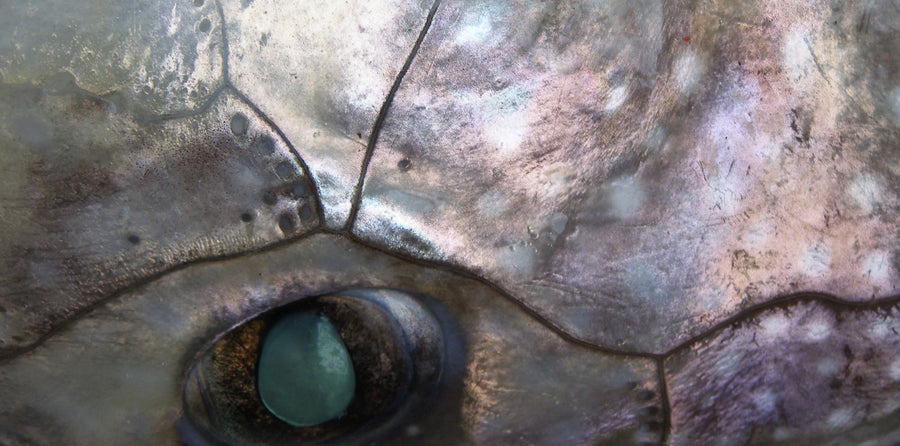
Rachel Carson’s The Sea Around Us is a canonical tome and it did as much for the oceans and the study of oceanography as her more famous book The Silent Spring did for environmentalism. Carson’s general thesis is that the sea is alive and that we have barely begun to explore its mysteries. The Oceans are truly the last great frontier, at least on earth.
We small boat hook and line fishermen have a special connection to the ocean. The idea that the sea is alive is nothing new to us.
From a fisherman’s perspective, Carson’s description of plankton, which are the floating microscopic organisms at the bottom of the food chains for the fish we catch, is particularly captivating because plankton and all of the creatures that depend on these tiny organisms, are what make the world go around. The word Plankton comes from the Classical Greek planktos, which means “wandering.” All of life, including us fishermen, wander, following plankton. It’s amazing how everything we do comes down to such a tiny organism.

A more scientific look at plankton’s connection to the ocean.

Sea lions
In the sea, everything is connected and our livelihoods and life itself depends on a microscopic creature.
Carson poetically describes this interconnection between plankton and larger fish and sea mammals and the gathering forces of spring:
“In the spring the sea is filled with migrating fishes, some of them bound for the mouths of great rivers, which they will ascend to deposit their spawn. Such are the spring-run chinooks coming in from the deep Pacific feeding grounds to breast the rolling flood of the Columbia […] For months or years these fish have known only the vast spaces of the ocean. Now the spring sea and the maturing of their own bodies lead them back to the rivers of their birth […] Whales suddenly appear off the slopes of the coastal banks where the swarms of shrimplike krill are spawning, the whales having come from no one knows where, by no one knows what route. With the subsiding of the diatoms and the completed spawning of many of the plankton animals and most of the fish, life in the surface waters slackens to the slower pace of midsummer.

A whale in the rich waters of Southeast Alaska.
Another element that has an enormous effect on our fishing are tides, in conjunction with waves: “In the open ocean, we know that the boundary between water masses of different temperatures or salinities is often a barrier that may not be passed by living creatures, delicately adjusted to certain conditions. Do these creatures themselves then move up and down with the roll of the deep waves? And what happens to the bottom fauna of the continental slope, adjusted, it may be, to water of unchanging warmth? What is their fate when the waves move in from a region of arctic cold, rolling like a storm surf against those deep, dark slopes? At present we do not know. We can only sense that in the deep and turbulent recesses of the sea are hidden mysteries far greater than any we have solved.”

Misty waters of Southeast Alaska
Another important point that Carson leaves us with: “Although man’s record as a steward of the natural resources of the earth has been a discouraging one, there has long been a certain comfort in the belief that the sea, at least, was inviolate, beyond man’s ability to change and to despoil. But this belief, unfortunately, has proved to be naive.”
The connections between sea life and our lives, really there is no boundary, is Carson’s lesson for us and it especially rings true for us small boat hook and line fishermen.
The sea is alive. And we respect our bounty. We respect what gives us our livelihoods.

Small boat hook and line fishermen on the F/V Patience.



